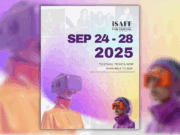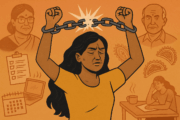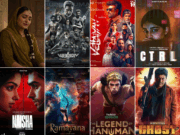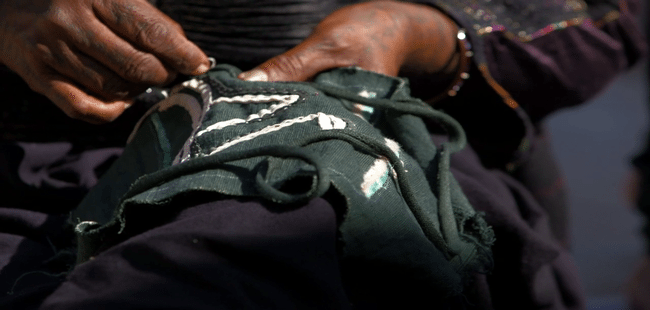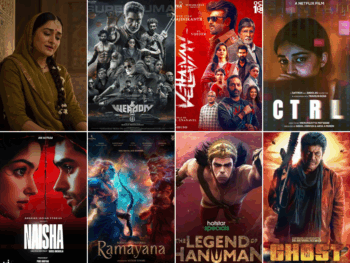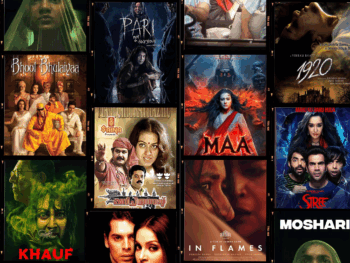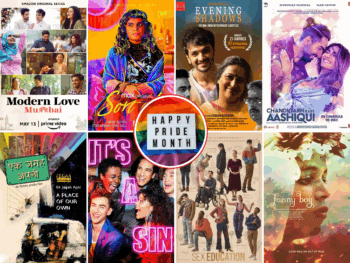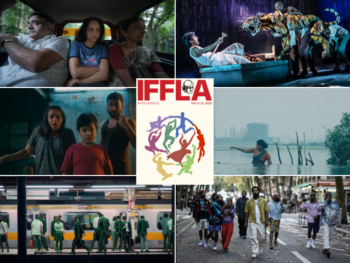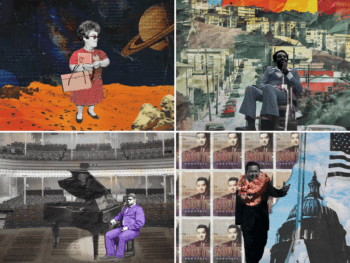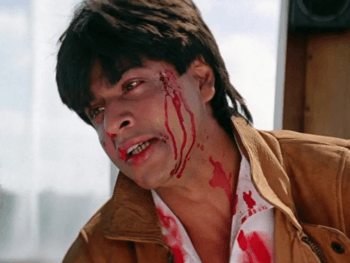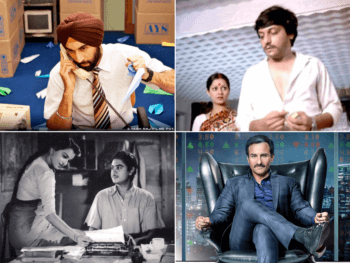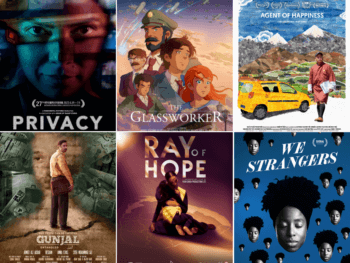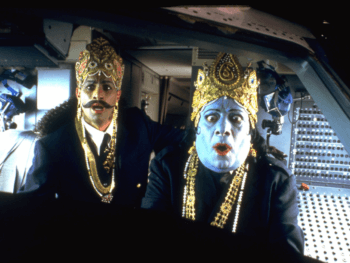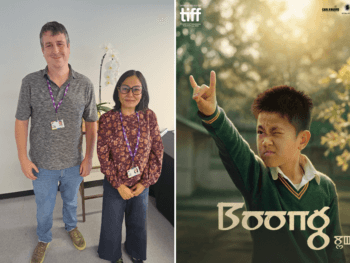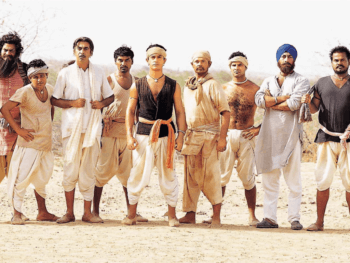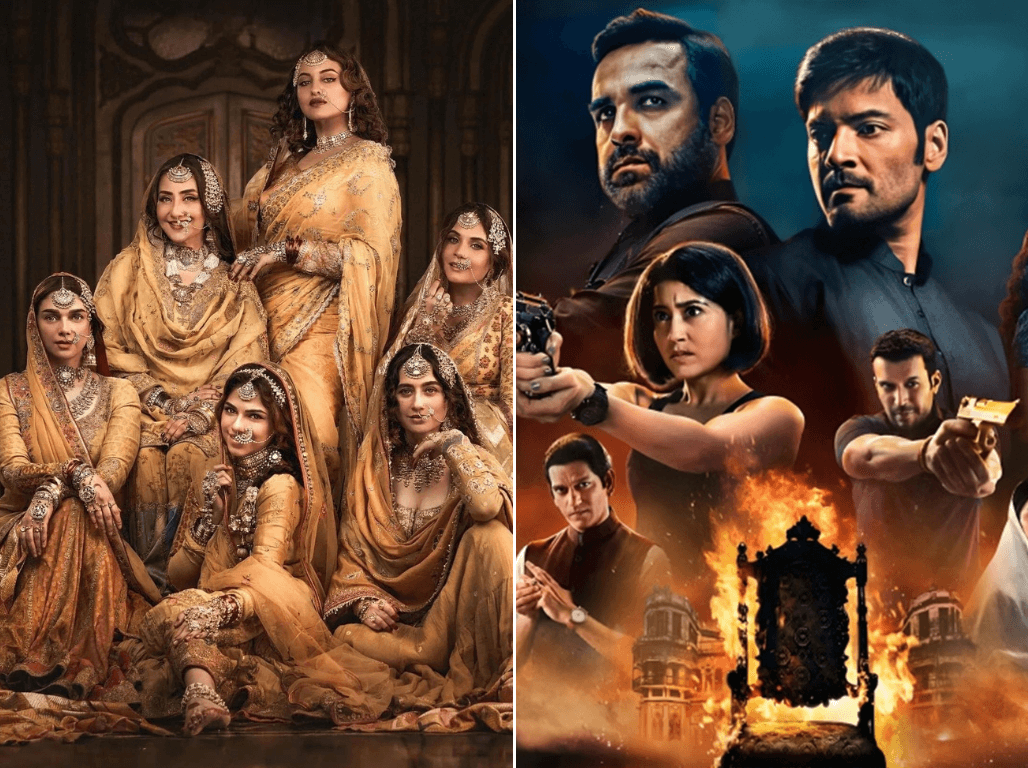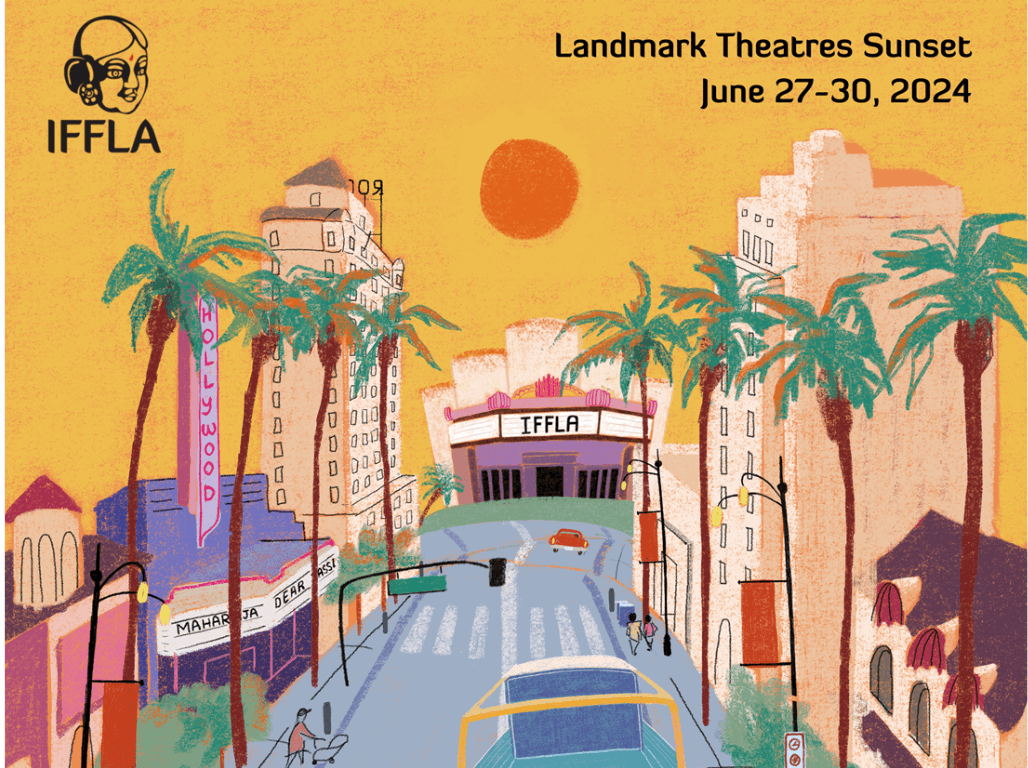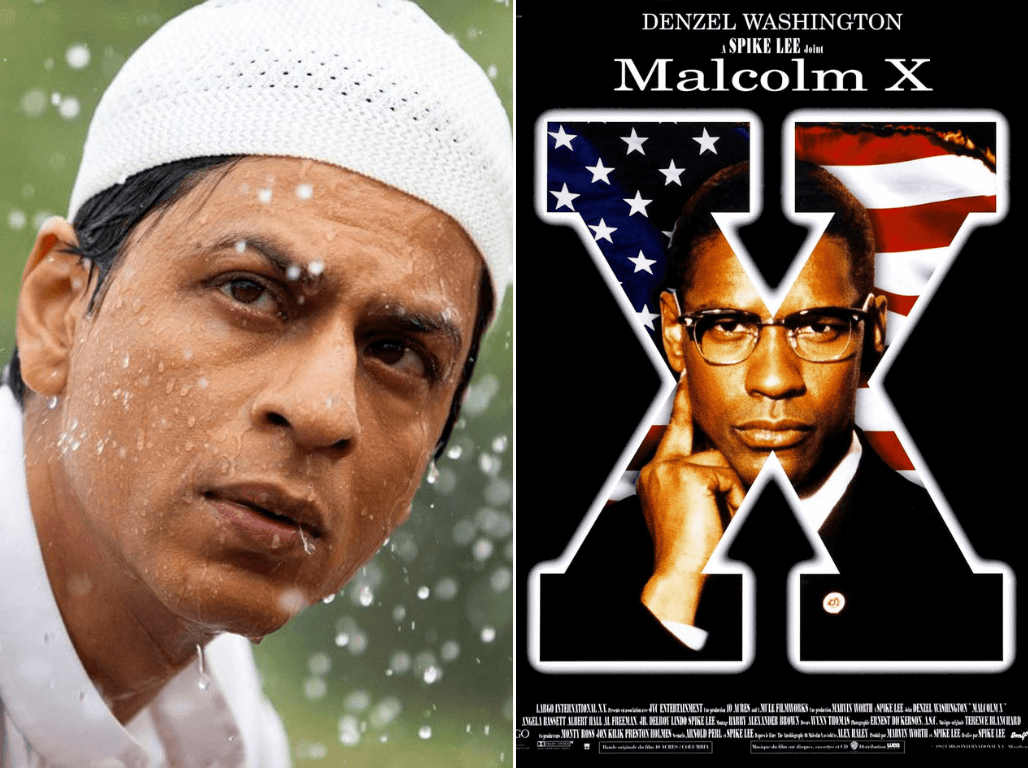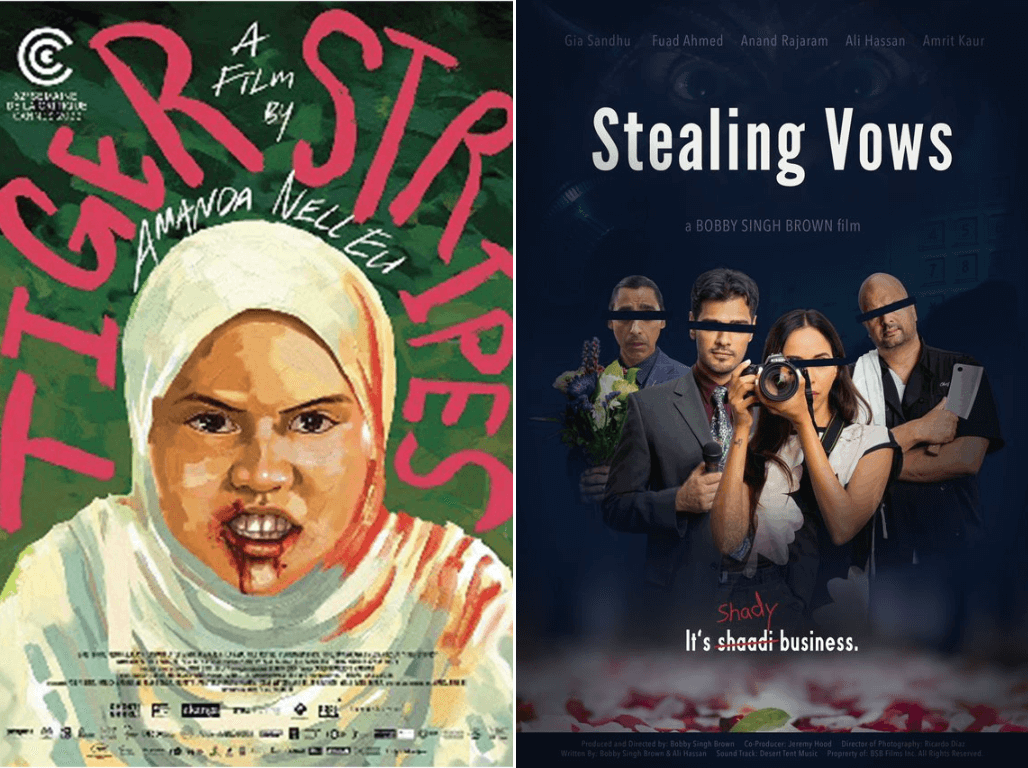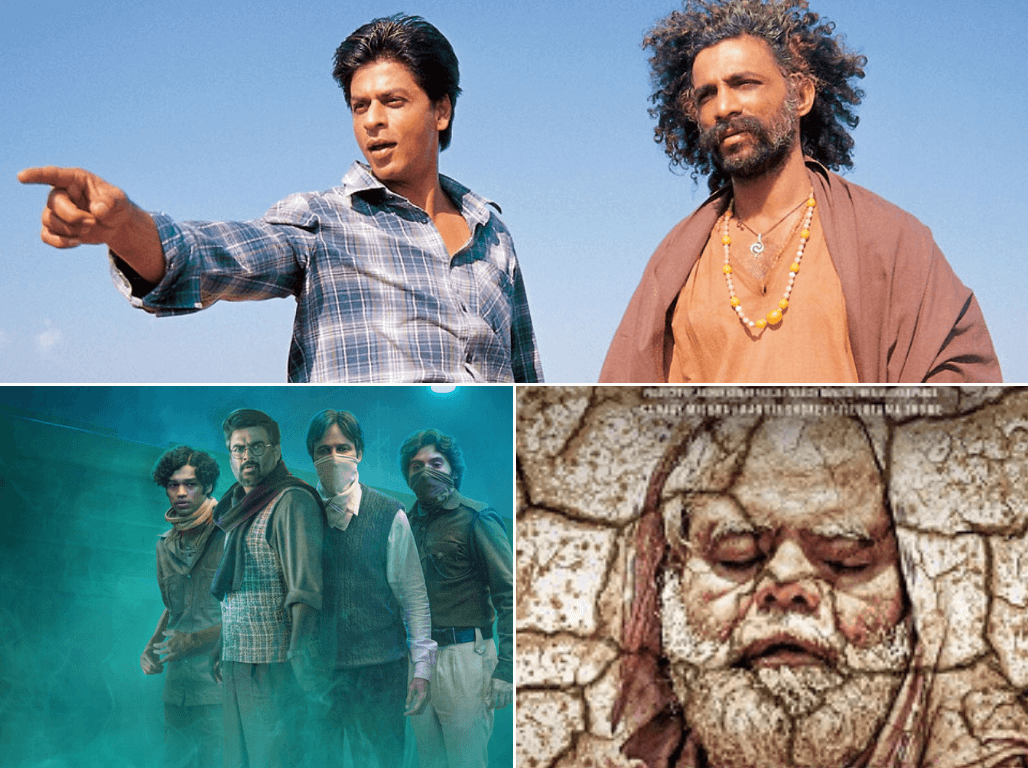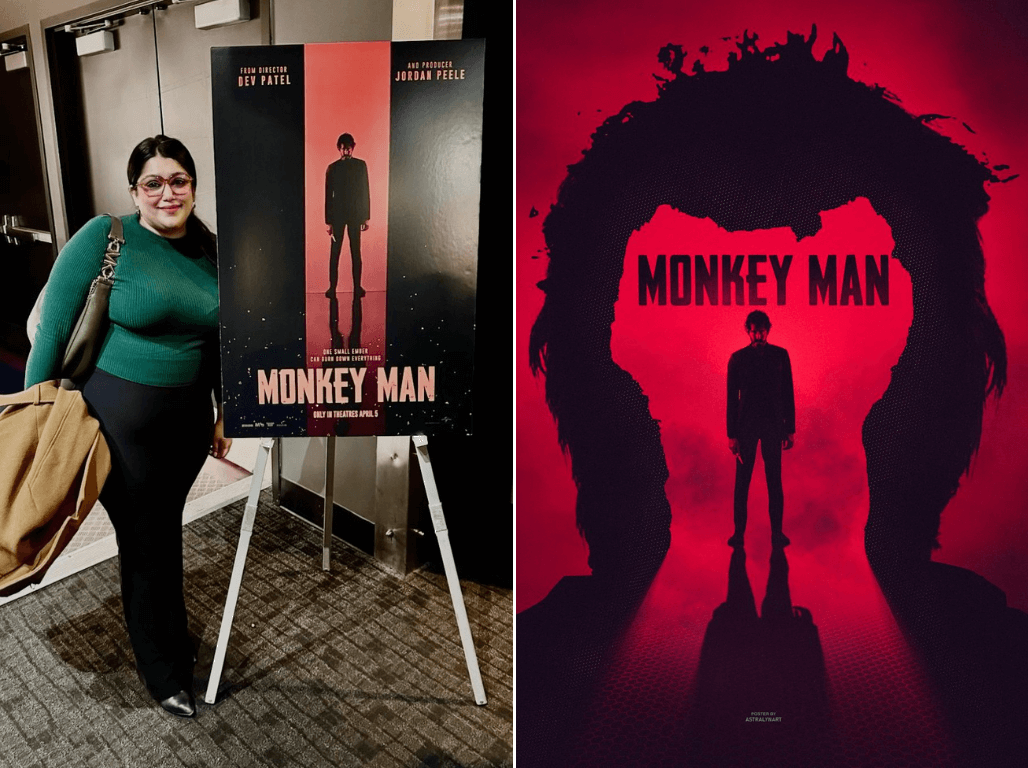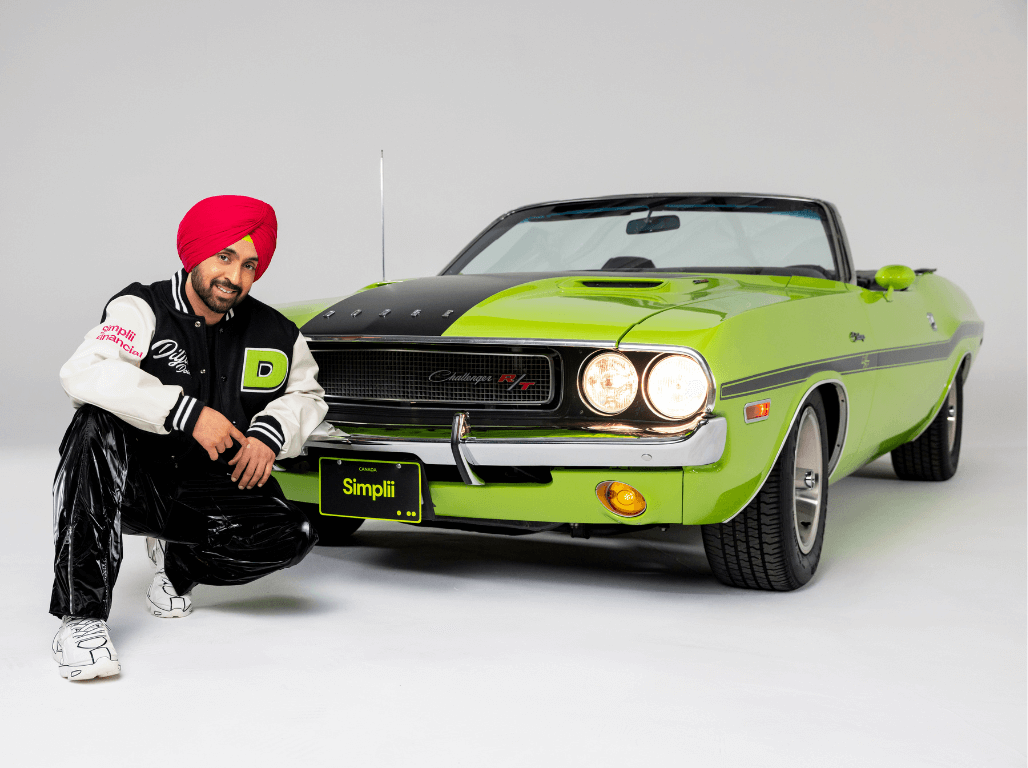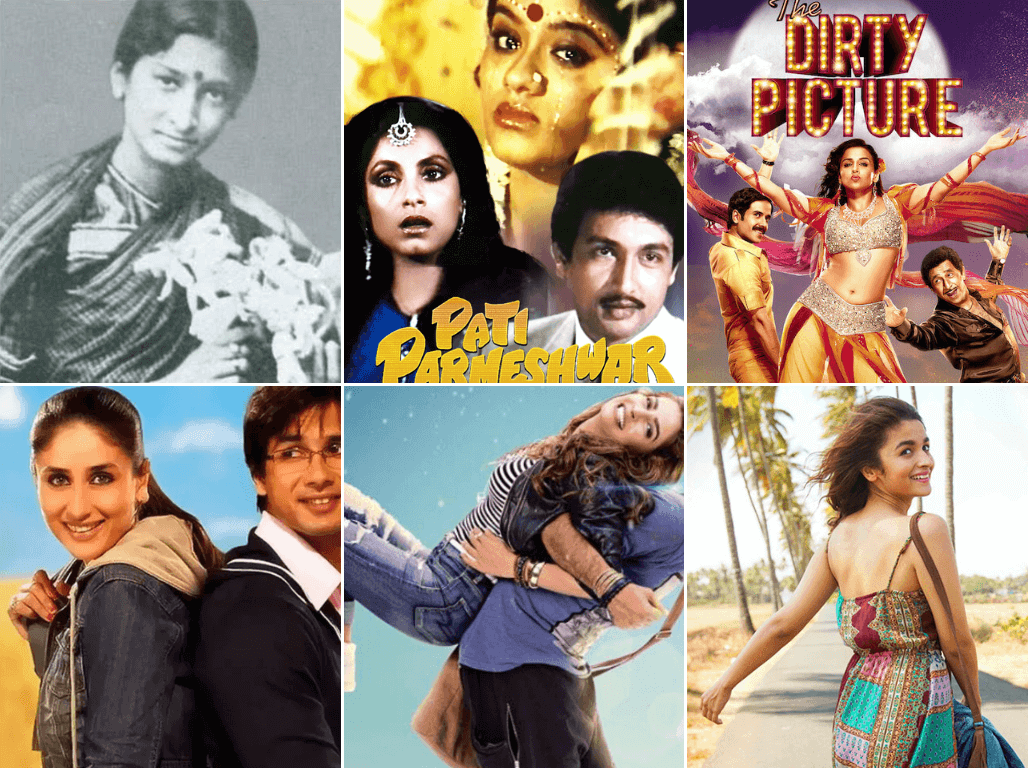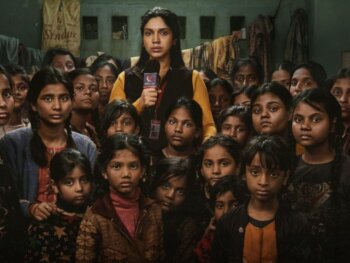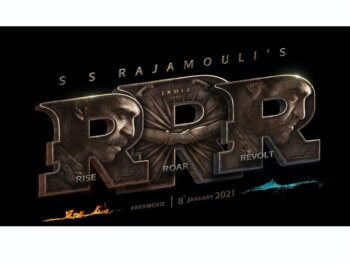A Thought-Provoking Look at a Global Fashion Industry Spiralling out of Control
On April 24, 2013, the Rana Plaza in Savar, Bangladesh, suddenly collapsed. After rescue workers sifted through the devastation, 1,129 were confirmed dead and thousands more injured. Those numbers alone make the collapse a tragedy. The tragedy is all the more devastating when you consider another horrific figure: 10.56 — that’s the number of dollars and cents that each of the workers who lost their lives in this eight-storey garment factory could hope to take home each week, after toiling for five days, from 8 a.m. until well after dark.
Unfortunately, it often takes this kind of calamity to shine new light on an inconvenient (and oft-ignored) truth: the scarves, skirts and jeans that we dole out hundreds of dollars for were often sewn together by someone half a world away who made mere pennies for their craft.
But the point of director Jennifer K. Sharpe’s documentary Traceable isn’t just to spotlight the plight of exploited workers but to paint a larger portrait of a global fashion industry that is itself on the verge of collapse. It’s not news to anyone that sweatshops exist. Enough big brands have been in the headlines for taking advantage of their workers. But as Traceable shows, it’s not as cut-and-dry as some moustache-twirling CEO shoring up his bottom line with cheap foreign labour.
The real problem, says the film’s panel of experts, is the modern culture of “fast fashion.” Under this trend, boutiques are turning over their offerings in a matter of weeks to keep up with a culture that's constantly craving the next big thing, creating an unending and unsustainable need for cheap materials and labour to create apparel that will be discarded almost immediately. The film's expert panel ranges from professors at New York’s prestigious Parsons The New School for Design to Maxine Bédat, co-founder of the socially conscious outlet Zady.
As Bédat puts it, while brands used symbol of quality, they’re now just a symbol.
In fact, most companies can’t even tell you where their materials come from or how many times they’ve criss-crossed the globe between various farming, dyeing, weaving and embroidering facilities. That lack of awareness and accountability is a recipe for instability and, indeed, exploitation.
The solution, Sharpe et al posit, lies in the film’s title: traceability. This means taking pains to know where materials come from, which hands they pass through along the way and how well those hands are compensated, as well as working directly with the foreign farmers, suppliers and craftspeople to create a stable, sustainable model that empowers workers instead of exploiting them.
The film communicates this message from the experts eloquently (albeit somewhat dryly). But you can find the real human touch of the documentary in Canadian designer Laura Siegel, who travels to India to prepare for an upcoming show and, in the process, shows the industry a better way of doing things.
Scouring places like Bhutan, Siegel goes out of her way to not only find the best materials and the most reliable, ethical vendors but also to work with local craftspeople to bring her vision to life, making them an integral part of her clothing’s “story” instead of just anonymous labourers.
Not only does this approach prevent exploitation, but the hands-on approach allows Siegel to find interesting new approaches to her work. In one village, for instance, she uncovers a nearly lost form of embroidery.
Alongside Siegel, Sharpe takes care to put a warm, human face on these talented craftspeople, lingering in their midst as they lovingly discuss the history of their art forms and set their skilled hands to work on camera.
Siegel’s goal and, indeed, the film’s thesis is an industry with “fewer things, but nicer things.” They call for clothing with real identity and stories that people will value for years rather than discard after a few months (or even weeks) when the next big trend arrives.
Despite its scope and importance, Traceable is not an explosive, edge-of-your seat experience. Rather, it’s a sober, well-articulated explanation of a complicated issue. The sections following Siegel will likely also interest viewers interested in Project Runway-ish fashion shop-talk, but they also lack any real urgency. Even when things go wrong and she’s in jeopardy of failing to make her show’s deadline, the film is quite subdued. Nonetheless, it's thought-provoking — not only with regard to the fashion industry's dysfunction but also our role as consumers.
Traceable is available to stream online now at mtv.ca.
Images Courtesy: Clique Pictures/Bell Media
Matthew Currie
Author
A long-standing entertainment journalist, Currie is a graduate of the Professional Writing program at Toronto’s York University. He has spent the past number of years working as a freelancer for ANOKHI and for diverse publications such as Sharp, TV Week, CAA’s Westworld and BC Business. Currie ...




